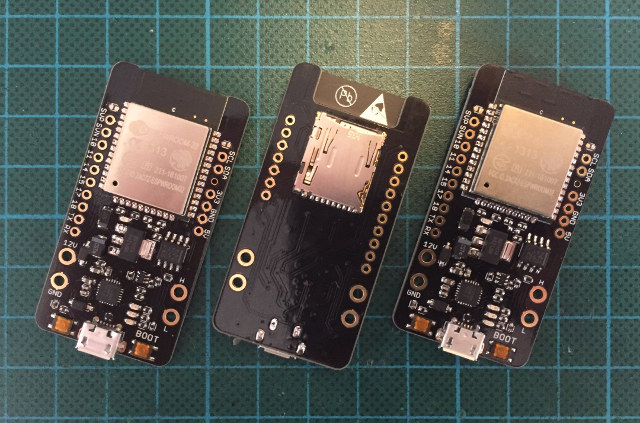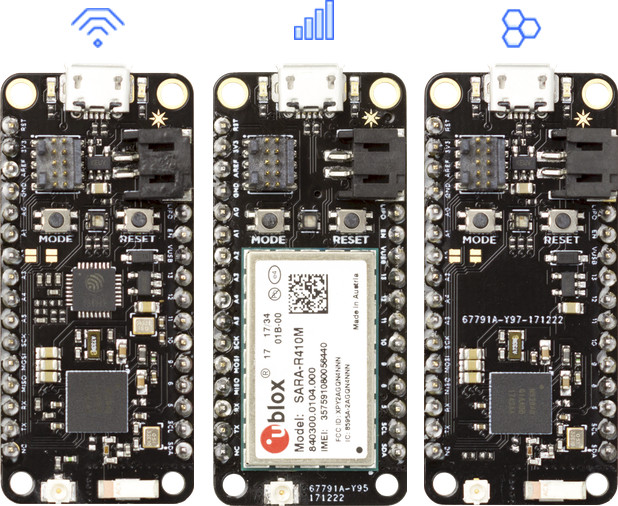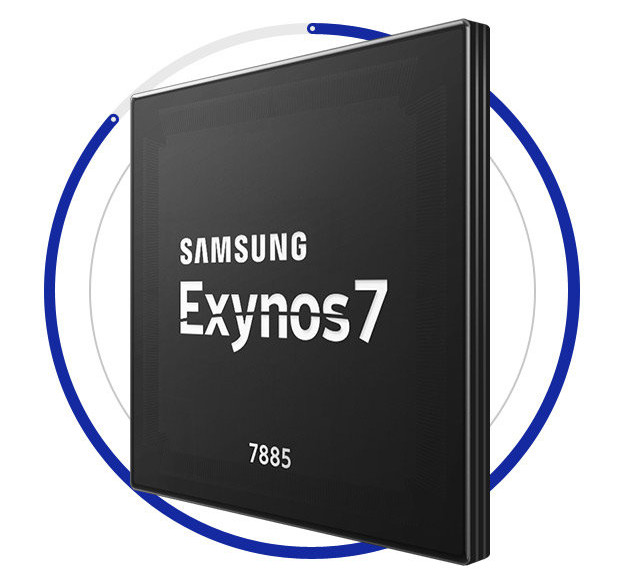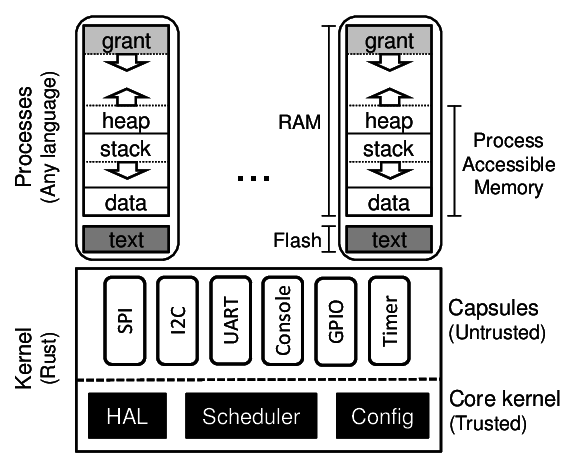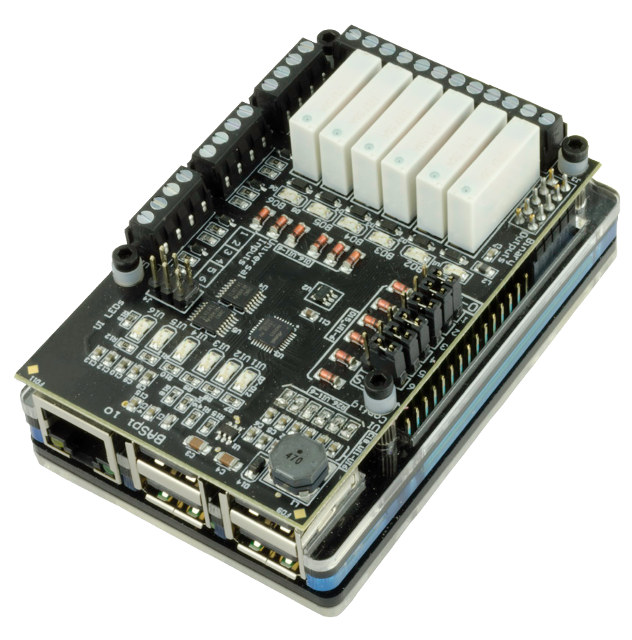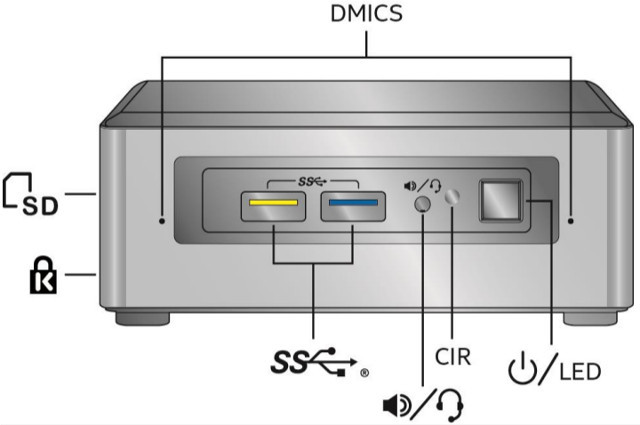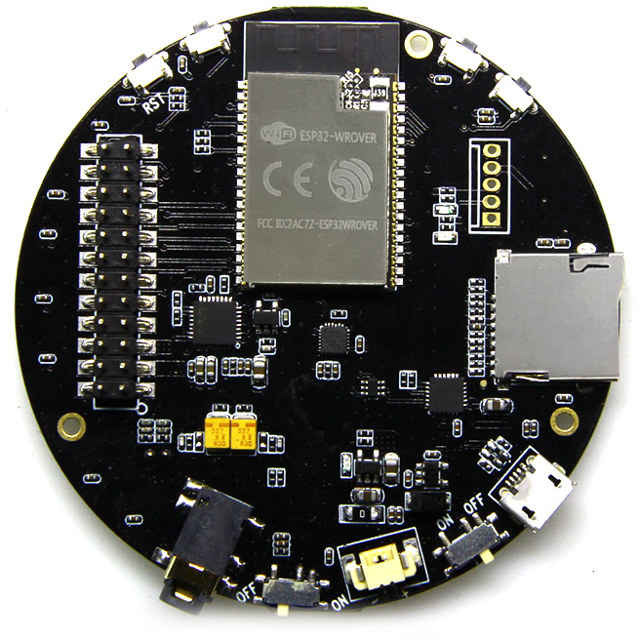If you want a WiFi + BLE board to play with CAN bus, one option is to go with the versatile Olimex ESP32-EVB Board, but if you need something more compact CAN32 board might be worth a look as the board is specifically designed for projects and testing of the ESP32 in a CAN-BUS environment. CAN32 board hardware specifications: Wireless module – Espressif Systems ESP32-WROOM WiFI + Bluetooth LE module External storage – micro SD slot CAN Bus chip – Texas Instruments SN65HVD230DR CAN-BUS transceiver with sleep mode Expansion Unpopulated headers exposing: SVP/SVN, GPIOs, I2C, UART, GND, 3.3Vm 5.0V 4 larger vias for CAN H and L, 12V (max 15V), and GND Debugging / Programming – micro USB port via Silicon Labs CP2102N USB to UART Misc – C&K soft-touch low-profile buttons for reset and boot; 4x LEDs for power, ESP, UART Tx/Rx Power Supply 5V via micro USB port […]
Human Readable Decoding of /proc/cpuinfo for Arm Processors
One of the most common way to get CPU information is to check the content of /proc/cpuinfo. For example, this is the output I get from running the command on NanoPi NEO (Allwinner H3) board:
|
1 2 3 4 5 6 7 8 9 10 11 12 13 14 15 16 17 18 |
cat /proc/cpuinfo Processor : ARMv7 Processor rev 5 (v7l) processor : 0 BogoMIPS : 2400.00 processor : 1 BogoMIPS : 2400.00 Features : swp half thumb fastmult vfp edsp thumbee neon vfpv3 tls vfpv4 idiva idivt CPU implementer : 0x41 CPU architecture: 7 CPU variant : 0x0 CPU part : 0xc07 CPU revision : 5 Hardware : sun8i Revision : 0000 Serial : 5400503583203c3c040e |
Many fields are self-explanatory, but what about CPU implementer and CPU part numbers? Those are values stored in Arm’s CPUID Base Register, and 0x41 looks up to Arm implementer, while 0xc07 refers to Cortex A7. But I had to look it up to find out. One solution would be to decode those values in the kernel, but the developers won’t do that probably because it may break user-space programs that rely on hexadecimal values. So instead, Riku Voipio decided to write and submit a patch for lscpu program found in util-linux package. The patch has been merged so the new ID mapping feature should be supported in util-linux 2.32 and greater. In the meantime, […]
Particle Unveils Three nRF52840 Bluetooth 5 Boards: Argon (WiFi), Boron (LTE), and Xenon, as well as Particle Mesh Technology
In the last year or so, Bluetooth has gotten an upgrade with the release of Bluetooth 5. The new protocol works on several existing platforms, but if you want support for the full set of Bluetooth 5 features such as longer range and higher bandwidth, we’ve seen you need a recent chip such as Nordic Semi nRF52840. However so far, AFAIK you had to buy Nordic Semi own development kit for play with nRF52840, and now Particle has announced not one, but three low cost development boards powered by nRF52840 chip starting at just $9, and supporting their newly announced Particle Mesh technology. So for some reasons, it appears they did not go with Bluetooth Mesh. Particle Xenon – Bluetooth 5 + Mesh Xenon is the cheapest model with the following specifications: SoC – Nordic Semiconductor nRF52840 Arm Cortex-M4F 32-bit processor @ 64MHz with 1MB flash, 256KB RAM Storage – […]
Samsung Exynos 7885 Processor Launched for Mid-Range LTE Smartphones
After unveiling Exynos 7872 Series5 hexa core processor in January, Samsung has now introduced a higher end Series7 octa-core processor with Cortex A73 and 53 cores, and a Mali-G71 MP2 GPU named Exynos 7885. The new processor also supports 18:9 Full HD+ displays, LTE Cat 12 for download up to 600 Mbps, dual camera, 4K 30 fps video decoding/encoding, and comes with an LPDDR4x memory interface. Samsung Exynos7 7885 processor specifications: CPU – Dual-core Cortex-A73 @ up to 2.2 GHz, and Hexa core Cortex A53 @ up to 1.6GHz GPU – Arm Mali-G71 MP2 Memory I/F – LPDDR4x Storage I/F – eMMC 5.1, SD 3.0 Display – Up to WUXGA (1920×1200), Full HD+ (2220×1080) LTE Modem – LTE Cat.12 3CA 600Mbps (DL) / Cat.13 2CA 150Mbps (UL) Connectivity – Wi-Fi 802.11ac Dual-band, Bluetooth 5, FM Radio GNSS – GPS, GLONASS, BeiDou, Galileo Camera – Rear 21.7MP, Front 21.7MP, Dual camera: 16MP+16MP […]
Tock Open Source OS for Secure IoT Systems Runs on Arm Cortex-M Microcontrollers
We already have a fair share of open source operating systems running on Arm Cortex-M microcontrollers with FreeRTOS, mbed OS, Zephyr OS, RIOT, and many others. Earlier this morning, as I wrote about the Embedded Linux and IoT Summit 2018, I discovered you can now also add Tock to the list, with the operating system specifically designed for (secure) IoT on Arm Cortex-M MCUs. According to the abstract, Tock aims to enable more secure and extensible IoT systems by using a language sandbox and hardware enforced mechanism to isolate third-party and other untrusted code in the system. The operating systems is comprised of three components: A trusted core kernel written in Rust language with a HAL, scheduler and platform-specific configuration Capsules compiled with the kernel and use Rust’s type and module systems for safety; typically used for drivers & virtualization layers User-space processes using the MPU for hardware protection at runtime; […]
BASpi I/O is a Raspberry Pi HAT Expansion Board for Building Automation (BACNet)
BACNet is a data communication protocol for Building Automation and Control Networks that has been developed, supported and maintained by ASHRAE (American Society of Heating, Refrigerating and Air-Conditioning Engineers) Standing Standard Project Committee since 1987, and used as building automation standard in the US, Europe, and more than 30 other countries. It’s used for HVACs, lightings, elevators, fire safety, and other systems used in buildings. It’s also known as ISO 16484-6 standard. I had never heard of it, but this afternoon, I’ve come across Contemporary Controls BASPi I/O, a Raspberry Pi add-on specifically designed for BACNet, and providing 12 physical I/O points including 6 Universal Inputs and 6 Relay Outputs. BASPi I/O specifications and features: BACnet/IP Server – 12 physical points and 24 virtual points BACnet/IP over Ethernet or Wi-Fi Resident Sedona Virtual Machine (SVM) Input/Output — 12-points of physical I/O 6x configurable Universal Inputs: Analog Input, Binary Input, Resistance, […]
Intel June Canyon (Gemini Lake) NUCs Now Up for Pre-order for $130 and Up
This morning, I was informed that Intel had now published product pages for June Canyon NUC kits, mini PC, and board powered by the company’s latest Gemini Lake processors with four models: Intel NUC 7 Essential NUC7CJYSAL – Mini PC with Windows 10 based on Intel Celeron J4005 dual core processor (4M Cache, up to 2.70 GHz) with 32GB flash, 4GB RAM Intel NUC Kit NUC7PJYH – Barebone mini PC with Intel Pentium Silver J5005 quad core processor (4M Cache, up to 2.80 GHz) Intel NUC Kit NUC7CJYH – Barebone mini PC with Intel Celeron J4005 dual core processor (4M Cache, up to 2.70 GHz) Intel NUC Board NUC7PJYB – Board based on Intel Pentium Silver J5005 quad core processor (4M Cache, up to 2.80 GHz) We’ve already published Intel June Canyon NUCs’ specifications, so I won’t go through it again in this post, and instead I looked for places […]
TTGO TAudio V1.0 is a $20 Audio Board with ESP32-WROVER Module
Espressif Systems may have recently unveiled their Audio Mic HDK suitable for all sort of audio applications including smart speakers, but if you need an ESP32 board that’s available now and don’t need a microphone array, TTGO TAudio V1.0 board may be an option. The board – also known as TTGO T9 – features an ESP32-WROVER WiFI + Bluetooth module, a Wolfson audio codec with a 3.5mm audio jack and built-in microphone, as well as an RGB LED array and a motion tracking sensor. TTGO T9 / TAudio V1.0 board hardware specifications: Wireless Module – ESP32-WROVER 802.11 b/g/n + Bluetooth 4.1 LE module with 4MB Flash, 4MB PSRAM External Storage – micro SD card slot Audio Cirrus Logic / Wolfson WM8978 stereo audio codec 3.5mm audio jack Microphone Sensor – InvenSense MPU9250 9-Axis (Gyro + Accelerometer + Compass) MEMS device Expansion 24-pin header with GPIOs, I2C, UART, VP/VN, speaker out, […]


